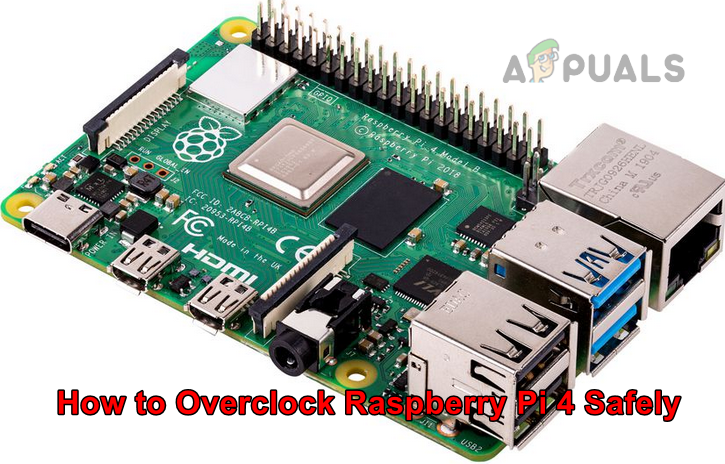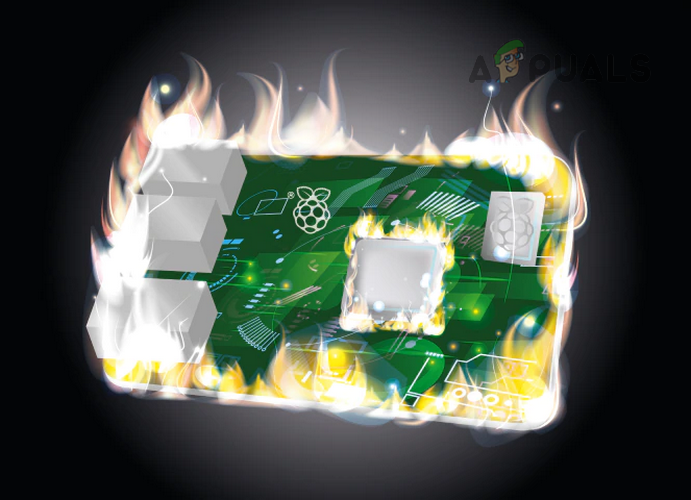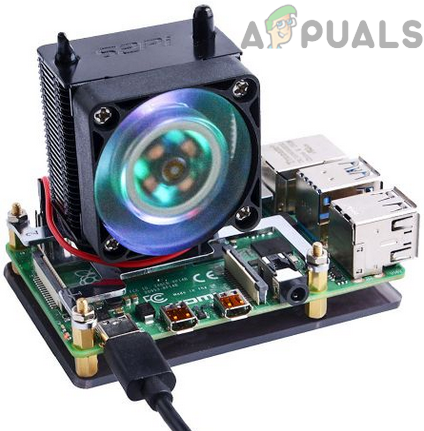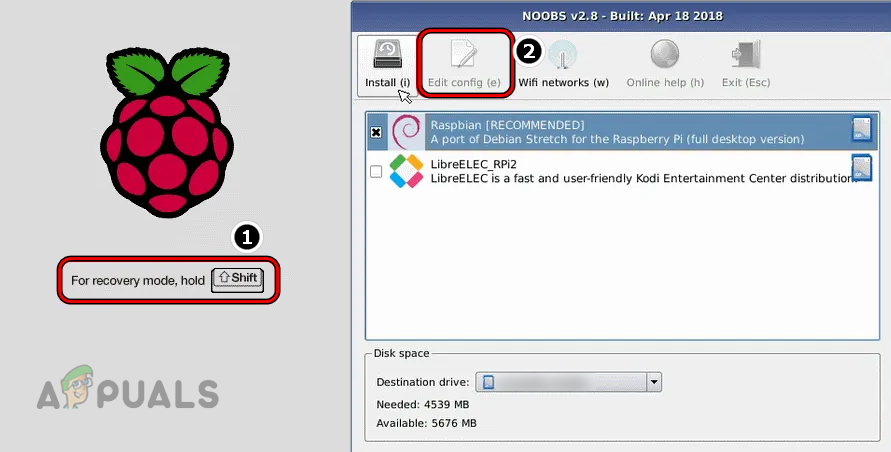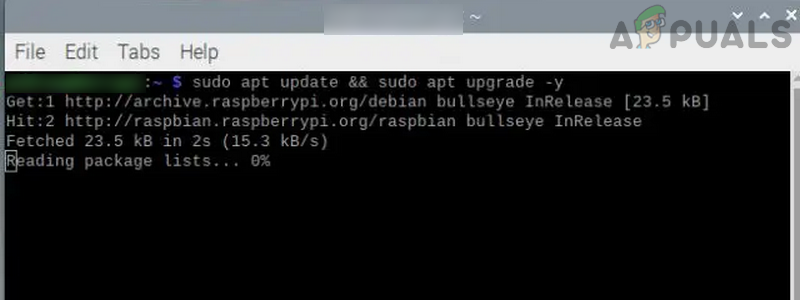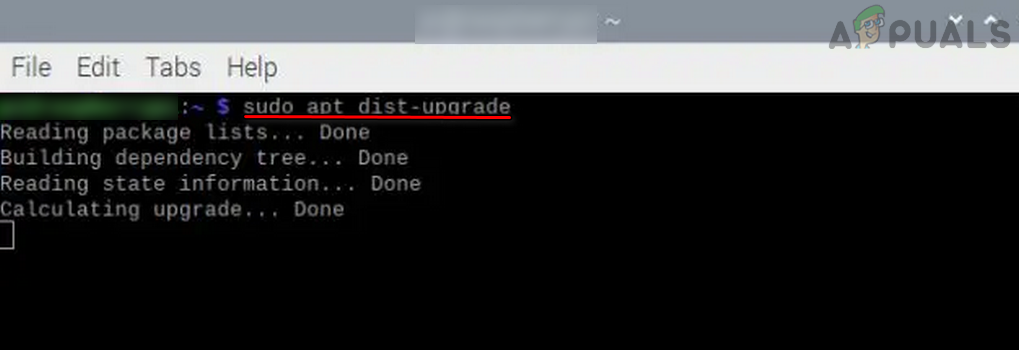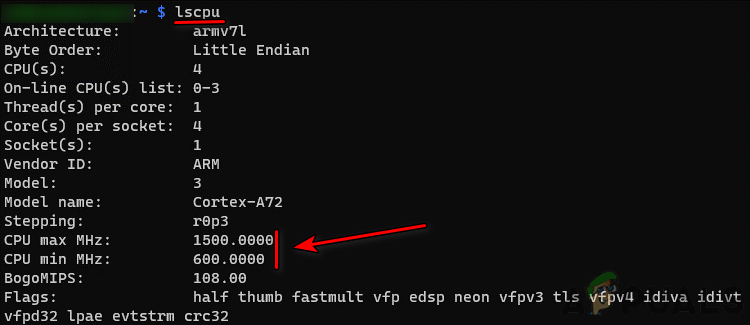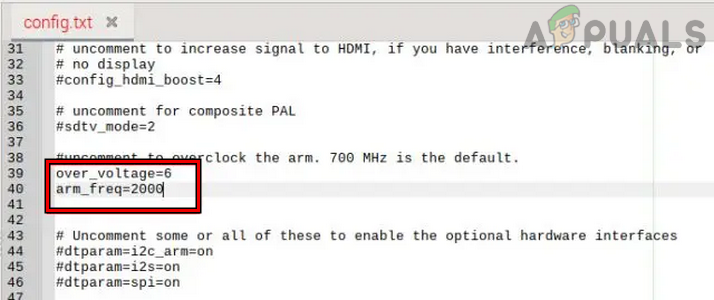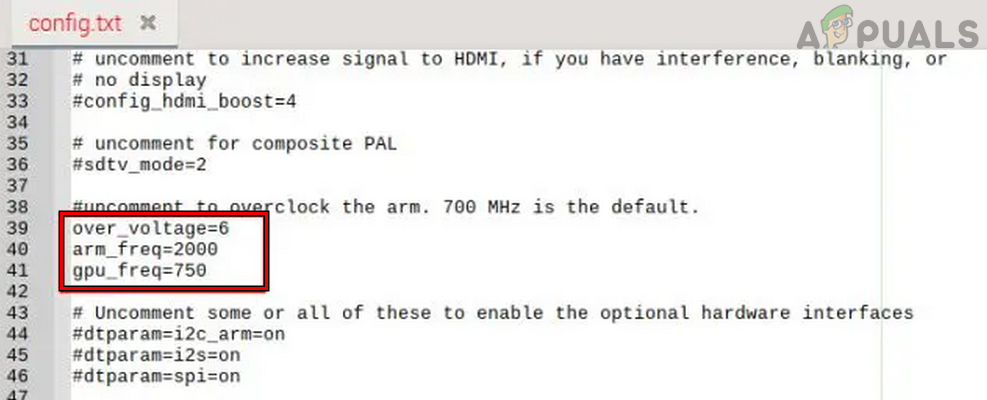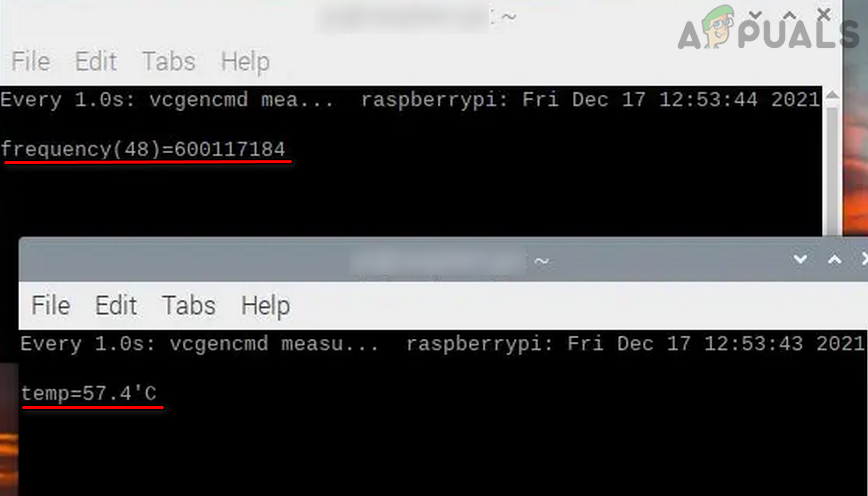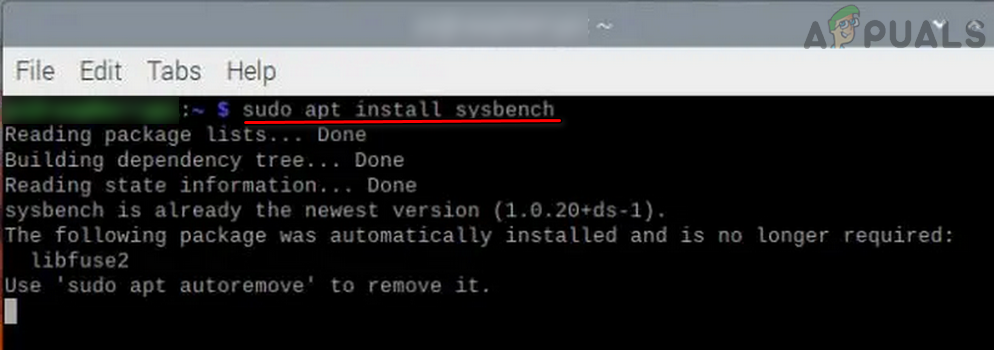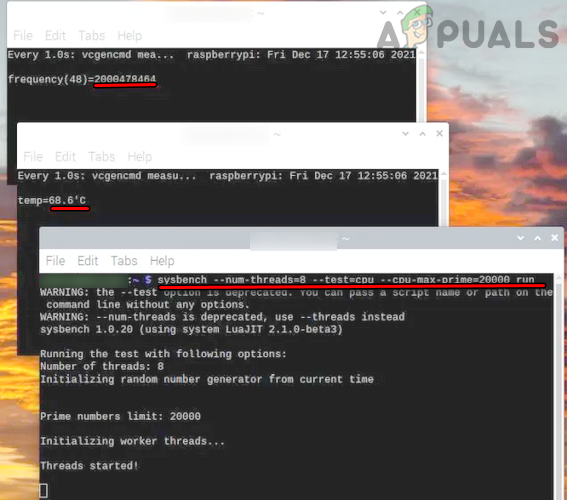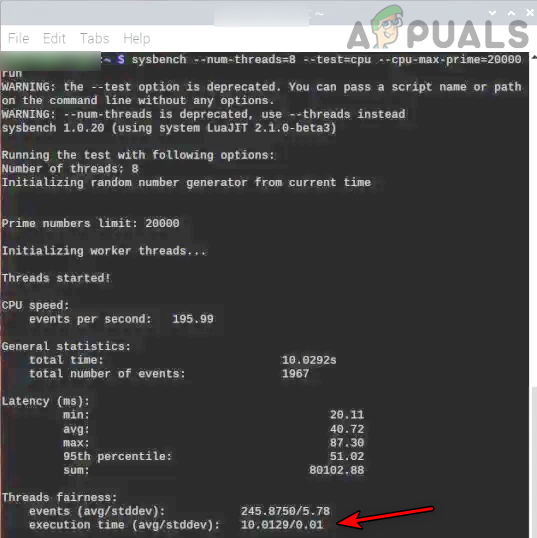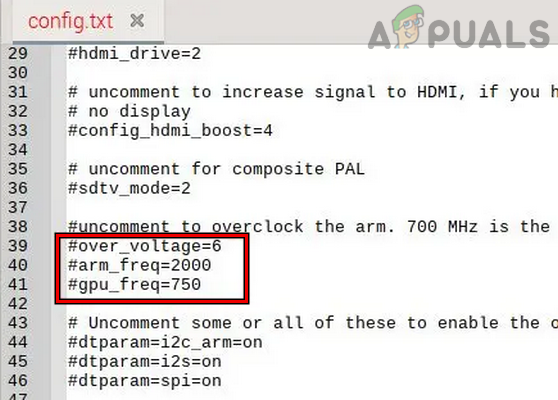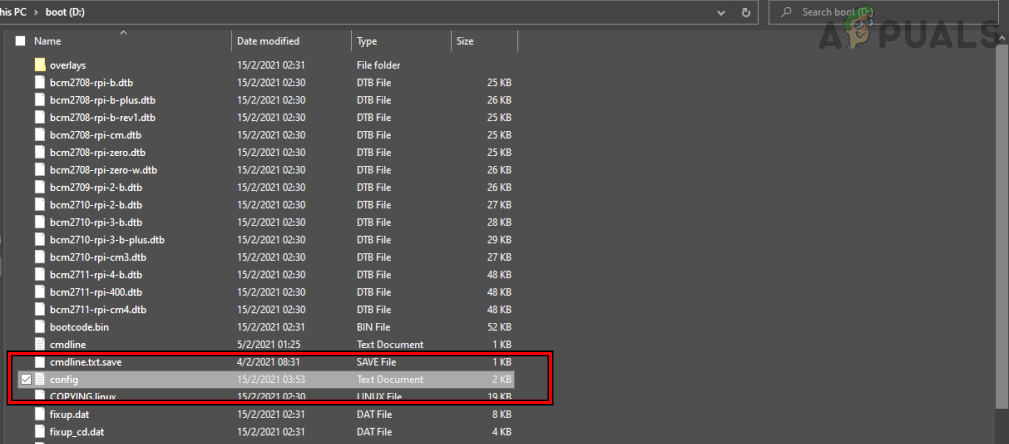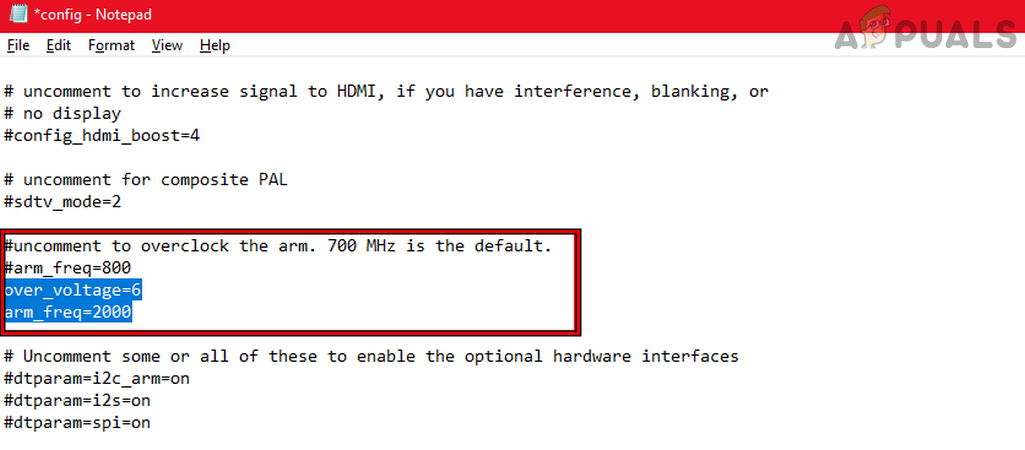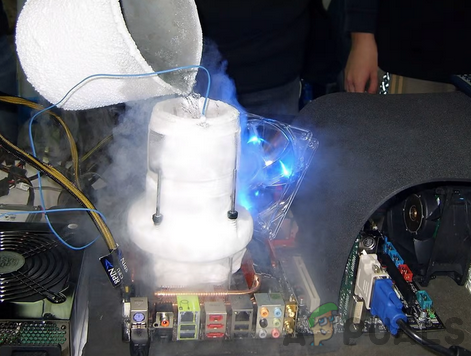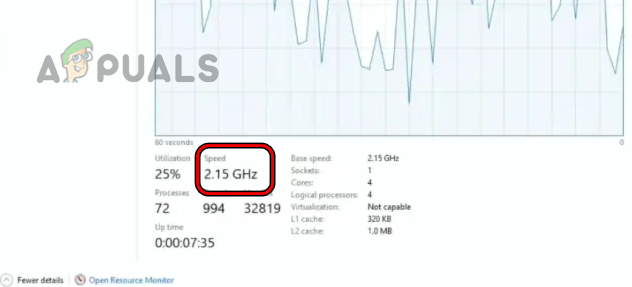Then a question may come into a reader’s mind then why the Pi foundation has not done it by default? This is because the heat generated by an overclocked processor cannot be handled by the Pi’s motherboard (unless, some steps are taken to cool it down, which will increase the Pi’s cost). So, if you have or can arrange a heatsink or cooler, then you can easily overclock your Raspberry Pi 4 (safely to 2.147GHz or a maximum of reported 3Ghz but not useable) which will enhance the Pi’s performance significantly. Before diving into the overclock process of a Raspberry Pi 4, let’s cover some basics.
Meaning of Clock Speed in Computing
A Clock in computing is an electronic pulse that is used to sync all other components in a processor and a clock speed of 1.5 GHz simply means that the process is done 1.5 billion times in a second.
Overclocking Explained
Overclocking a processor (CPU or GPU) means setting the processor’s maximum clock speed to a higher level than the default or factory state e.g., the default clock speed of a Pi 4 is 1.5GHz, and the process to increase this clock speed to anything above 1.5GHz (like 2.3GHz) will be called overclocking (that is around 35 percent speed increase to the stock clock value). But to overclock any CPU or GPU (the Pi 4’s GPU can be safely overclocked from 500MHz to 750MHz), just not Pi-4, you may have to keep an eye on the temperature and involved voltages or currents.
Benefits of Overclocking a Raspberry Pi 4
The following are some of the advantages that you may get by overclocking a Raspberry Pi 4: Retro gaming: If you are using your Pi 4 to play retro games, then Overclocking can significantly improve the retro gaming experience. This is specifically true if you are running Nintendo N64, Sony PlayStation 1, or Sega Dreamcast games on RecalBox, RetroPie, or some similar retro gaming solution. Video Streaming: If you are using Raspberry Pi 4 for video streaming like Kodi, then you can get rid of the performance problems by running Kodi on your overclocked Pi. Also, an overclocked Pi will help you in using a VPN (a must for running Kodi). Desktop: The additional performance of an overclocked Raspberry Pi can help a lot if the Pi is being used as a desktop computer. ExaGear Emulator: If you are running Windows on your Raspberry Pi through the ExaGear emulator, then overclocking the Pi can enhance the Pi’s Windows performance.
Warnings Before Overclocking a Raspberry Pi 4
The overclocking of a Raspberry Pi 4 is generally a safe process but can be risky and overclocking it may void its warranty or even cause permanent hardware damage to it, so, you may try these steps at your own risk as we will not be responsible for any damages to Raspberry Pi 4 due to overclocking. Moreover, the SD card (make sure no essential data on the card, or you can back up the data by using an application like Win32 Disk Imager) or its slot can also be damaged. Last but not least, if everything works fine, overclocking a Pi 4 can certainly reduce its life.
Points to Consider Before Overclocking a Pi 4
There are reasons why a Pi 4 does not have higher clock speeds and you must consider these points before overclocking your Raspberry Pi 4.
Requirements to Overclock a Pi 4
Coming Out of the Crash of an Overclocked Raspberry Pi
Before we start the process, the most important part is to come out of the crash or no boot scenario. If Raspbian is installed by New Out of Box Software (NOOBS) you have the option to press and hold the Shift key on the keyboard when booting the Pi 4, which will then lead to the original installation screen of the OS. Then you can modify config.txt, (the file we will modify to overclock the Pi 4 as discussed later). In the case, you are using a PC or Pi OS to overclock the Pi 4, then you may edit its configuration file (discussed later) to revert the settings of the Pi 4 to the defaults.
Methods to Overclock Raspberry Pi 4
There are two methods to overclock a Pi 4, one through the Raspberry Pi OS and the other through a PC or phone (which can open the Pi 4’s SD card and edit its configuration file). Keep in mind that an older Raspberry Pi could be overclocked through its menu (along with the above two methods).
Overclock Raspberry Pi 4 Through the Raspberry Pi OS
If you have set up a Raspberry Pi OS on your Pi 4, then you can use it to overclock the Pi 4. The process can be divided into the following steps:
Update Packages and Dependencies of the Pi 4 to the Latest Build
Check Current Configurations of the Pi 4
Before overclocking the Pi 4, it is better to check the current configurations of the Pi 4. To do so, launch the Pi 4’s Terminal and execute any one of the following: or
Start Overclocking the Pi 4
So, now the major part begins, overclocking your Raspberry Pi 4. To do so: If it fails to boot, then press the Shift key on the keyboard and reboot the Pi 4 with the stock values. If that fails, then you may edit the Pi 4’s configuration file on a PC to revert its value to the defaults (discussed later).
Set Up Monitoring of Temperature and Clock Speed of the Pi 4
Run SysBench to Test the Overclocking of the Pi 4
Try Higher or Lower Clock Speeds on the Pi 4
Not every silicon chip is made equal and not every Pi 4 will be feasible with the above values. In such a case, you may try higher or lower clock speeds on the Pi 4.
Disable Overclocking of the Pi 4
There may come a time when you may want to run your Pi 4 with the stock clock speed. To do so: In the case, you want to enable overclock, repeat the above steps and simply remove the # sign from over_voltage, arm_freq, and gpu_freq in the Pi 4’s configuration file to uncomment these values and restart the Pi 4.
Overclock Raspberry Pi 4 Through a PC
If you have installed Windows on Raspberry Pi 4 or have another PC, you can then overclock the Raspberry Pi 4 through Windows on Pi or another PC. In the case of a Pi 4’s Windows, you may use the Boot Partition Mount Utility. For another PC, the process is the same for Windows, Mac, and Linux (even for an Android phone and iPhone that can open an SD card and edit the Pi 4’s configuration file) but we will discuss the process for a Windows PC: Keep in mind if the Pi 4 fails to boot, you may use the above steps to revert the clock speed to the defaults.
Understanding Different Warning Signs
During the overclocking, you may notice the following warning icons and then adjust the problematic feature to resolve the issue.
Undervoltage Warning
If you are seeing an Undervoltage warning, adjust the voltages of the Pi 4 (you may need another stable power supply).
High-Temperature Warning (80-85 °C)
If you are seeing a high-temperature warning, either increase the cooling of the Pi 4 or power it off and decrease its overclocking speeds after letting it cool down.
Over-High Temperature Warning (Above 85 °C)
If you are seeing this icon, power off the Pi 4 immediately and let it cool down. Now decrease its overclocking speeds and try the overclocking again.
Conclusion
We are hopeful that everything would have gone well for you and that you have successfully overclocked your Raspberry Pi 4. If you have any queries or suggestions, do not hesitate to ask in the comments section.
How to Bring Back ‘Safely Remove Hardware’ iconHow to Safely Debloat the LG V40 Without RootWhat is hyberfil.sys and How to Safely Delete it?Fix: Hide “Safely Remove USB” Icon from Windows 10
